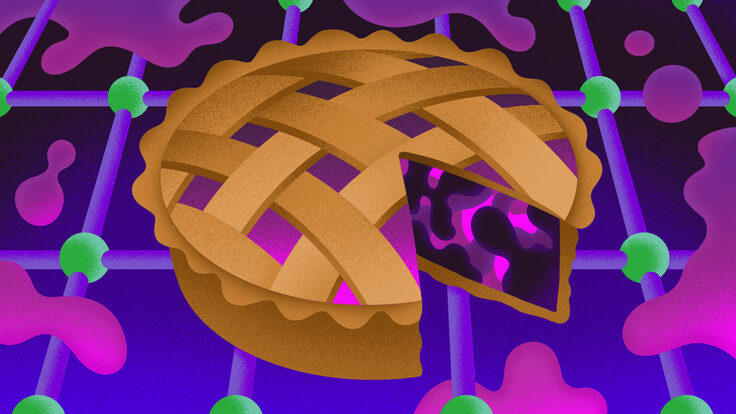
Back row from left: Alex Lumpkin, Michael Davidsaver, James Santucci and Helen Edwards. Front row from left: Raymond Fliller and Tim Koeth. Koeth worked with this group at Fermilab's AZero Photoinjector Laboratory for his doctoral research.
It's not every day that a scientist brings to reality a process thought possible only in theory. Even more rare is a graduate student making such an achievement while earning his PhD.
As part of his doctoral research, post-doc Tim Koeth worked out a process that has the potential to improve the performance of particle accelerators used in free-electron lasers and linear colliders.
“This was a tour de force,” said his thesis advisor, Rutgers physics professor Steve Schnetzer. “In many cases, what a student does for a thesis is something that would have gotten done if that student weren’t there. This, on the other hand, is something that, if it weren’t for Tim, wouldn’t have gotten done.”
Rutgers University will honor Koeth this month with the Richard J. Plano Dissertation Prize, awarded to the student in the Department of Physics and Astronomy who wrote the best PhD dissertation during the past year.
Koeth designed a system that essentially changes the shape of particle bunches in a beam while maintaining the individual particles' energies.
Before a bunch of particles enters the beamline, it travels in the shape of a small, oval pill through an accelerator. The long side of the pill-shaped bunch points in the direction that the particles are traveling. The length of the pill is related to what is called the longitudinal emittance of the beam.

Tim Koeth built this radio-frequency cavity as part of his doctoral research at Fermilab.
An emittance is calculated by multiplying the size of the beam with its angular spread. The angular spread is a measure of how much the particles in the bunch spread from the center like beams of light from a flashlight.
According to Liouville’s theorem, a key theorem that applies to optics, the total emittance of a beam cannot be reduced. That means the total dimensions of the bunch of particles cannot be reduced. Accelerator scientists, however, usually aim to minimize one of the emittances, whether the longitudinal or transverse, which reduces the length or width of the bunch.
Koeth and his collaborators found a way to swap the longitudinal and transverse emittances of the beam, making the bunches look like those same oval pills, but rotated by 90 degrees. They did this without increasing the energy spread, the variation of the energies of individual particles. While the total beam emittance remains the same, this process greatly reduces the beam's longitudinal emittance.
Koeth conducted the research for his dissertation at the AZero Photoinjector Laboratory at Fermilab under the guidance of physicist Helen Edwards and his thesis advisor. “He is an excellent student,” Edwards said. “He did exceptionally good work, driven by his interest in accelerators.”
Koeth will be the first accelerator physicist to win the Plano prize. He was also the first Rutgers student to participate in Fermilab’s joint accelerator physics PhD program.
Koeth is just the type of person to get into accelerator physics, said Elvin Harms of the photoinjector group. “He does a lot of tinkering,” he said. “He’s sort of an old-time scientist.”
For his doctoral research project, Koeth worked with about a dozen engineers, physicists and technicians. He was involved over the course of three years in designing, building and commissioning the beamline, then taking data, and comparing results with simulations.
“We’re all very proud of his accomplishment,” Harms said.






